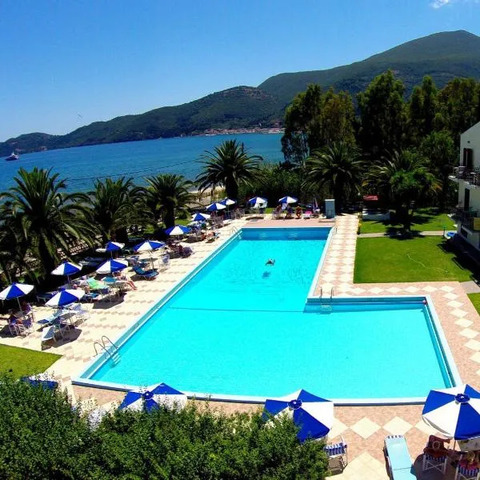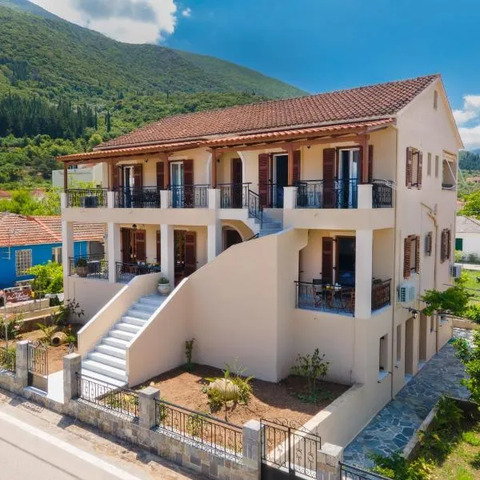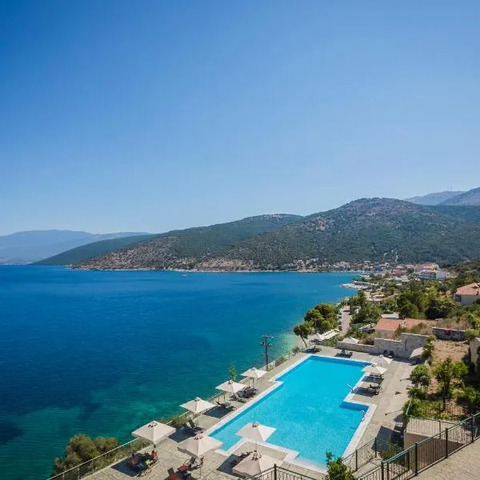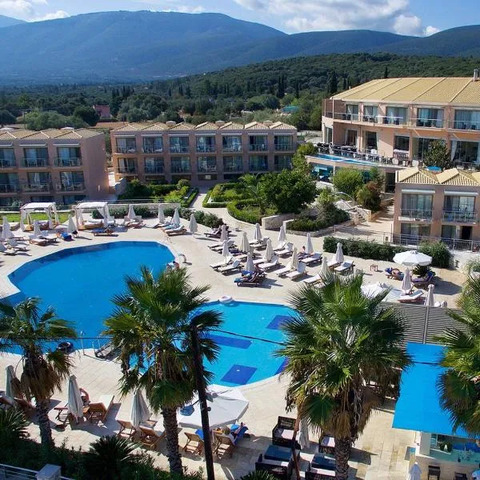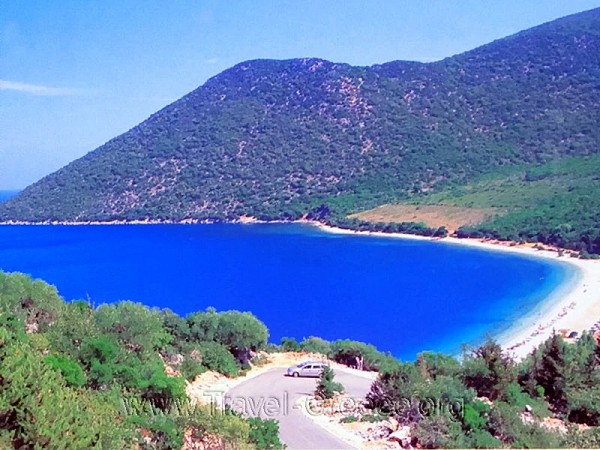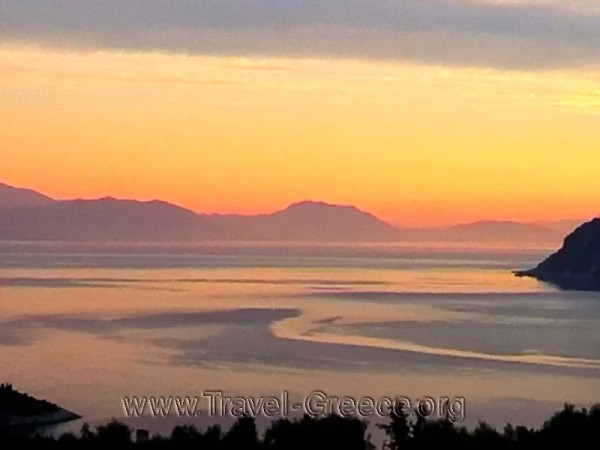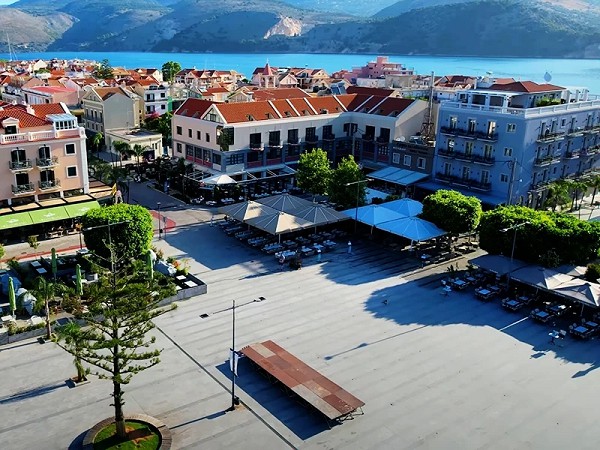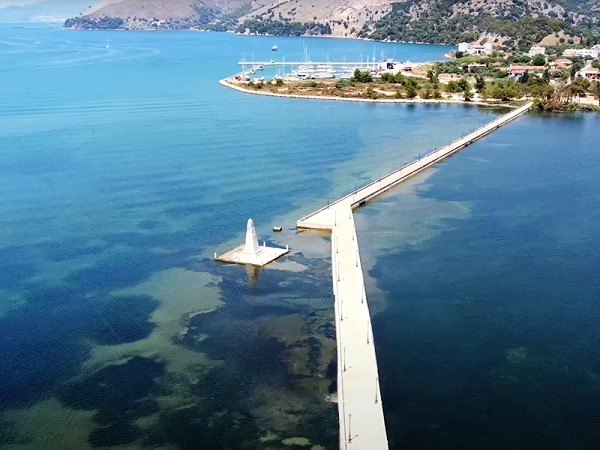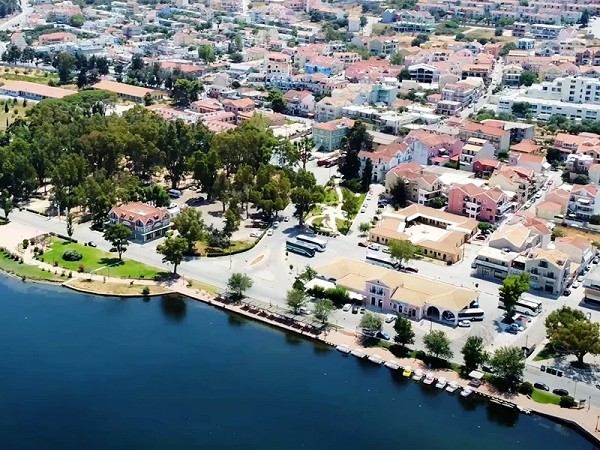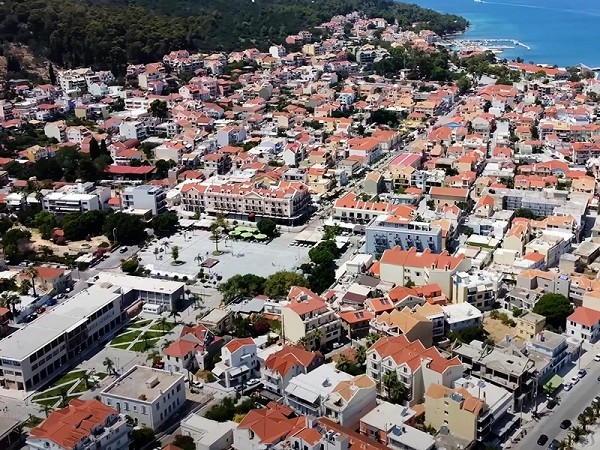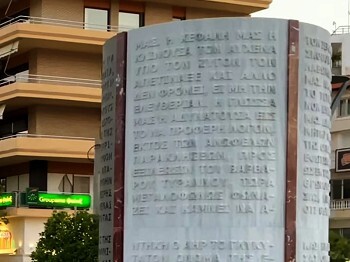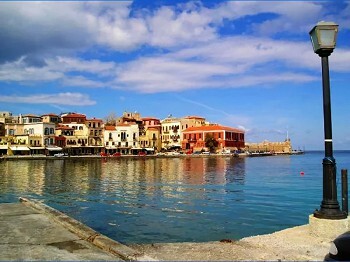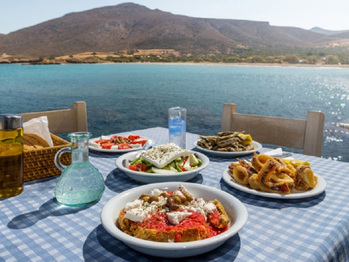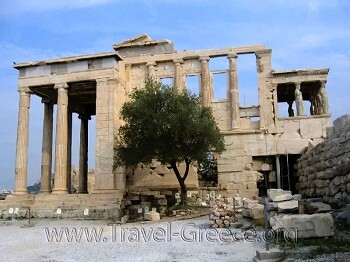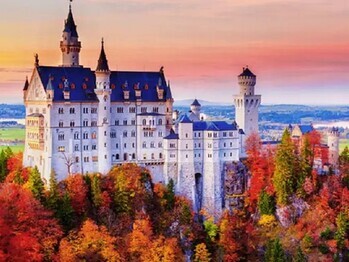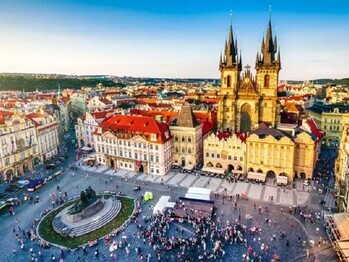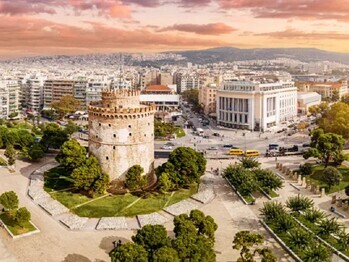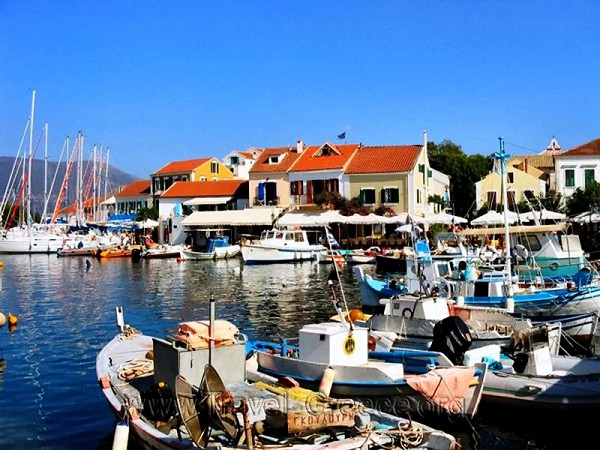
Nestled in the heart of the Ionian Islands, Kefalonia, also known as Cephalonia, emerges as a captivating destination that transcends the ordinary. With its enchanting landscapes, rich history, and vibrant culture, this Greek gem beckons travelers seeking an authentic Mediterranean experience.
We suggest for your stay:
Still Looking for the Perfect Stay?
Discovering Kefalonia
The Island's Essence
Welcome to Κεφαλονιά! With a population of approximately 40,000 people, Kefalonia is a tapestry of diversity and warmth. The beating heart of the island, Argostoli Town, stands as a testament to its cultural significance and modern vibrancy.
A Glimpse into the Tapestry of Life
Venture beyond Argostoli, and you'll encounter a mosaic of charming cities, towns, and villages. From the historic charm of Lixouri to the seaside allure of Skala, each locale unveils a unique story and offers a glimpse into the daily life of the island's residents.
Captivating Experiences
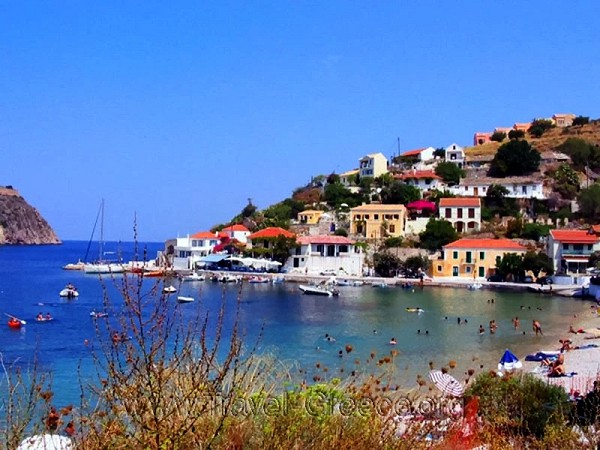
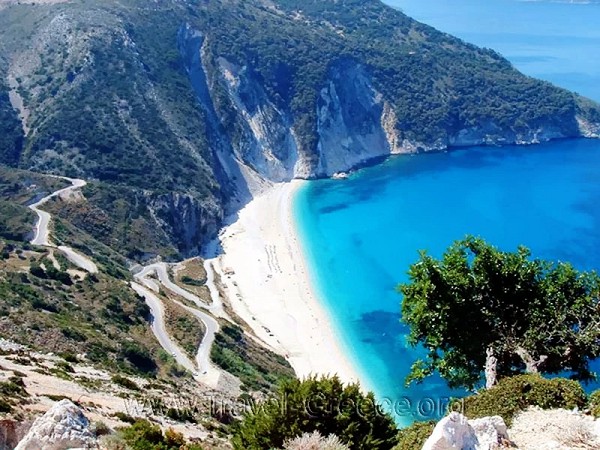
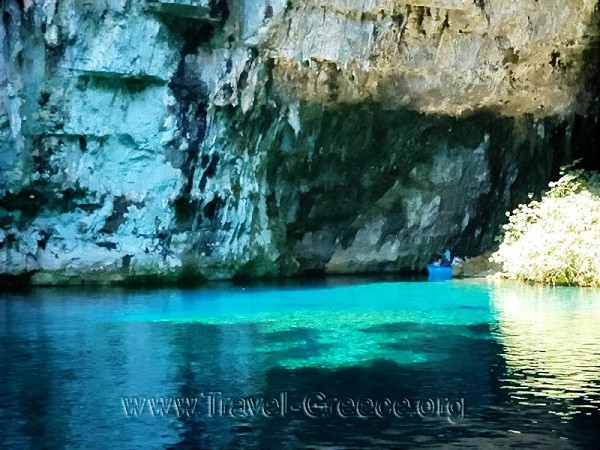
Must-See Attractions
Myrtos Beach
Indulge in the ethereal beauty of Myrtos Beach, where turquoise waters meet pristine white cliffs. This postcard-perfect location is a haven for sun-seekers and those eager to immerse themselves in the tranquility of the Ionian Sea.
Melissani Cave
Embark on a surreal journey through the underground marvel of Melissani Cave. Glide on the crystal-clear waters of the subterranean lake, surrounded by stalactites and stalagmites, and bask in the surreal play of light that creates a mesmerizing spectacle.
Assos Village
Nestled between verdant hills and a turquoise bay, Assos Village is a charming escape into traditional Greek architecture. Meander through cobblestone streets, visit quaint tavernas, and soak in the laid-back ambiance that defines this picturesque village.
Enchanting Activities
Sea Kayaking
Explore the island's rugged coastline by sea kayak, an exhilarating way to discover hidden coves, sea caves, and secluded beaches. Paddle along the pristine waters and witness the marine life beneath, adding a touch of adventure to your Kefalonia experience.
Robola Wine Tasting
Indulge in the island's local flavors with a visit to a Robola winery. Taste the distinctive Robola wine, unique to Kefalonia, and savor the essence of the island's terroir, creating a sensory journey for wine enthusiasts.
Practical Travel Tips
Getting Around
Renting a car is the ideal way to explore Kefalonia's diverse landscapes independently. The island's well-maintained roads make it convenient to traverse from one enchanting destination to another.
Local Cuisine
Savor the gastronomic delights of Kefalonia by sampling local specialties such as moussaka, Kefalonian meat pie, and the renowned seafood. Embrace the culinary scene to enhance your journey through the island's rich cultural tapestry.
Conclusion
As you traverse the captivating landscapes of Kefalonia, you'll find that this Mediterranean haven is more than an island — it's a symphony of history, nature, and tradition. Whether you're captivated by the sun-drenched beaches, enchanted by the mystical caves, or immersed in the local culture, Kefalonia invites you to unravel its secrets and create memories that will linger long after your journey ends. Embrace the allure of Κεφαλονιά, where every moment is a brushstroke on the canvas of your unforgettable travel experience.
